Travel: Aranui Voyage , Ua Huka, Marquesas, Tahiti May 26/2022
- Lili Naveh
- May 26, 2022
- 5 min read
This is the 12th post of a trip to Tahiti, which started on May 10/2022 (here)
Day 6 -(Thursday) - Aranui Cruise to the Marquesses

Ua Huka (Vaipe’e/Hane/Hokatu) 4th stop
Ua Huka is the third and most Northern land mass closest the equator, which was visited



In the early morning light, the Aranui amazingly maneuvered its way, through a very narrow small straight, into the dock of Vaipaee Bay, (also called invisible or Ghost Bay) which is situated between 2 high red rock walls, of the dry Ua Huka island.
The bay is deep and narrow which brings strong winds from either direction. Only one of the two cargo ships can enter to have direct access to the quai for unloading. When the Aranui was there it took up the entire bay.



The freighter turned masterfully 180 degrees inside the narrow ocean-water path, to face the open sea, after which 2 skillful sea-men jumped off the dispatched small barges onto the high walled rocks as to anchor the ship.


The coast, very rugged, is not protected by a coral reef, so the strong waves come directly to the shores.
Sweeping waves kept breaking onto the rocks, yet without slipping, they managed to tie the ropes, onto the planted small white poles, on each side of the the straight's rocks.


Disembarking the ship into the moving barges that were madly swaying over the turbulent water, was a true leap of faith. It required a masterful coordinated jump, from the ship’s gate onto the barge, as not to end in the ruff water.
The amazing staff hoover-over each passenger making sure we all are delivered dry and safe onto the barge, which landed us a shore.

.

Tim - the small Terrier dog, in charge of hunting for, the hitch-sailling black ruts within the transported cargo, welcomed the ship and its passengers, on the dock

The island lives off mainly Copra production, fishing and tourism. It also grows and supplies the juiciest lemons in the entire Marquesas.
As the island is a designated biomass reserve, the precaution taken by Tim’s faithful service, guards against unwanted migrating intruders, and helps to preserve the endemic species including the extinct Lorikeet bird, so the balance of the natural ecosystem in the island is maintained.

The excursion of the day passed through - Vaipaee, Hane and Hokatue

Ua Huka the third island and one of the smallest on the northern group is shaped approximately like a crescent, with its concave edge facing the south. and consist of steep slopes and desert plateaus
It was settled by Polynesians about 1700 years ago and is renowned for its dry soil and landscapes. with wild horses galloping around. There are more horses on the island than people, although we didn't see much of then on our visit.
The population lives mainly off horse breeding in the highlands, fishing and coprah culture.
The first Western navigator to sight the island was U.S. NavyCapt.Joseph Ingraham in 1791. who named the island "Washington Island" in honor of U.S. PresidentGeorge Washington,
Although Ua Huka is located in the northern Marquesas, historically, culturally and linguistically the island's tribes were far more closely aligned with the southern Marquesas Islands, especially with the tribes from the eastern half of Hiva Oa.
The 3 small quint villages on the island with a population averaging about 150 -200 each, totaling about 700 in the entire island. The preservation of cultural heritage and environmental protection are very important for the local population.
A flee of 4x4 vehicles were waiting at the dock to drive the group throughout the island.
The high earnings from selling the island's coprah, for which a 1 kilo pays 150$ made these newest 4x4 affordable to the locals, who are happy to service the tourists in need of rides, in addition to transporting the cultivated agriculture products being sold.
There are many women drivers owning those cars and servicing the visitors.

Scenery of the island

The village of Viaipaee, the largest village in the westernmost bay of Vaipaee were we landed consists of a Post Office, School, the Mayor's office, Catholic Church and infirmary without a Doctor, and nothing more interesting worth mentioning.



Papuakeikaa arboretum Botanical Garden

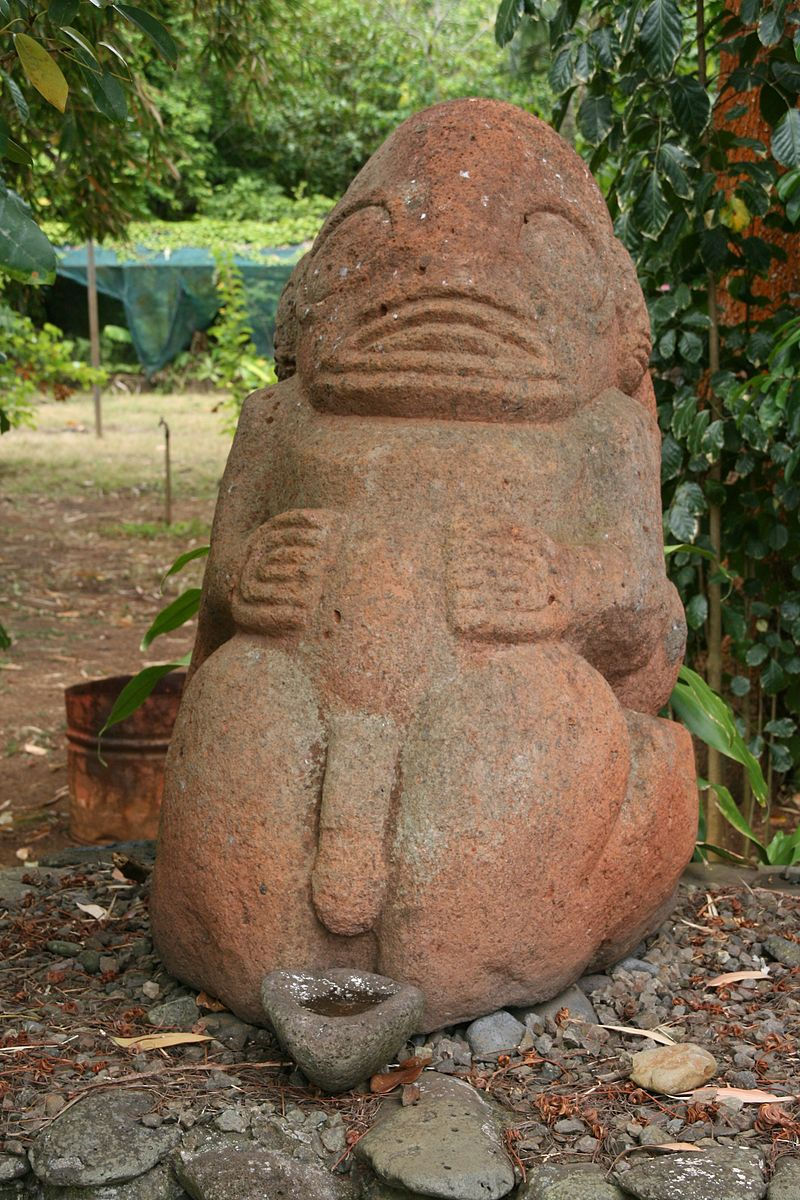
Modern male tiki, at the entry of the Papuakeikaha arboretum, island of Ua Huka, Marquesas Islands
The vegetation of the plateaus of Ua Huka is poorer than that of the other Marquesas islands.
The impoverishment of the vegetation is largely due to domestic animals introduced by man, which have then been reintroduced into the wild.
Goats, pigs and horses have largely destroyed the vegetation.
The arboretum is intended to serve as a reserve for the reforestation of the island, and as education source for the younger generations, on a mix of indigenous and imported collection of plants/trees/species,
Unlike the plateaus and hills, the valleys have a much more exuberant vegetation, similar to that of the other islands of the archipelago.
Mila -the Guide at her element

This diversity has been enhanced by the creation of the Papuakeikaa arboretum near Vaipaee, born off the passion of the former mayor of the island in the late 1990th.

Where is the group???

This unique achievement which gathered more than a thousand species of trees from all over the world, includes one of the largest collections of citrus trees in the world
(almost 300varieties).

Species Varaiety
The special Arboretum is were the next generations is being educated, also on the importance of the species .properties mainly for feeding, medicinal and earning power usage, .
The name of the native plants of which 160 are Marquesas endemic, is determined by their usage, and if a new usage is discovered, so does the name change.
Toe - is the Marquesas Endemic Tree
Rosewood, Puro Tree, Teak tree Palm Tree and Sandal wood, Accatsia are important building materials (Poles, furniture, roofing)
Anon and Sandal tree’s have medicinal properties. crushed leaves made to paste are for healing exsema/scares.
Mango trees - 40 varieties are an important feed, loved also by pigs horses and and other animals
Citrus, Olive, Anon and Bread Tree, as is Guava, Macadamia (Australia native), vanilla vines which grows on trees trunk’s are also important food suppliers
Vanilla Plants

Polynesian large almond tree Pandanes Coconut tree Polinisation apple, Star fruit tree
Tiare flower, flotte or Vitiver - a low bush reach in oil, are used for fragrance and in cosmetics
Sailor Pompon tree - leaves uses as short term anesthetic for naming fish for fishing purposes.
Old Coconut fiber is used as a fertilizer.
Palm provides palm hearts, and fruit from which nut meat, antiseptic water, and container dish are all extracted.
Co-ca-ou tree - seeds provides beads for jewelry making.
Because of the sparse vegetation, there are only a few species of native land animals on

Ua Huka, mainly insects, lizards, land birds and spiders.
A genus of spiders endemic to the Marquesas, belongs to the canopy spider family (Linyphiidae)
An Marquesas endemic snail, almost became extinct when giant African snail was emigrated to the island , and many of them can be seen and make a tasty escargot.

The Cultural Center of Te Tumu

This small museum offers wooden craftsmanship replicas of Marquesas art by the island’s specialized sculptors .

Shame that only the German guide addressed the German speaking group, further educating on the Marquesas civilization and the symbolism represented in its art work.
The exterior views from the museum






The islands posses the shortest landing airstrip pf only 800 m, used by helicopters only.
seen from the museum

The stunning views of the island’s enchanting coast
definitely were worth the drive.


Going to Lunch

Hokatue

The usual welcoming local music and singing playing was waiting the arrival of the group before having the opportunity to view more craft products, wooden sculptures, engraved coconut shells, which are island’s specialties and the petroglyfic museum in the other visited villages.

David who got all shopped-out at this point, was the only one who used the opportunity to swim at a rush water bay in Hokatue, the place next to were also Lunch was served at a local family restaurant
“Celine Fournier” in the village of Hane
I was more interested in the surrounding's lush vegetation then the food
After lunch, Aranui sailed along the coast of Ua Huka for more magnificent views.

Back to the ship



To be continued....












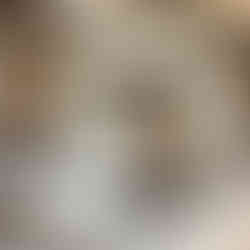




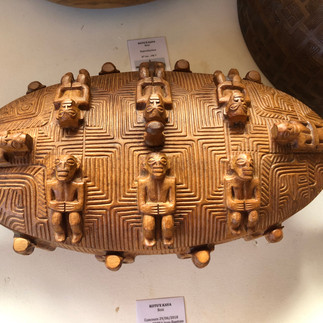

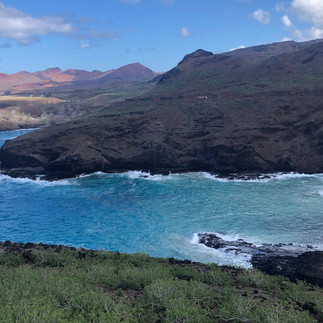











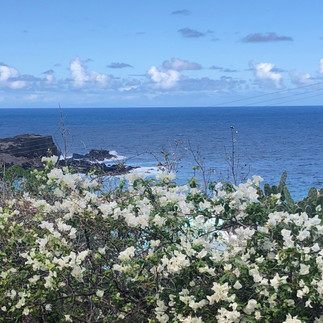







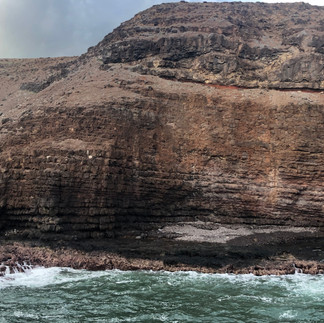


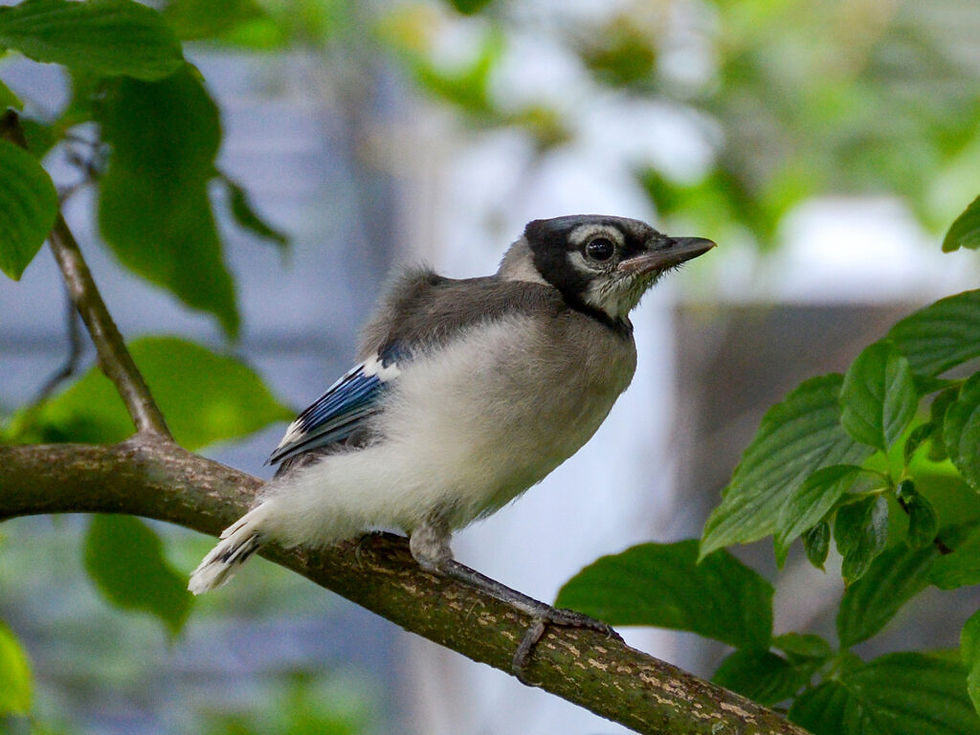


Comments